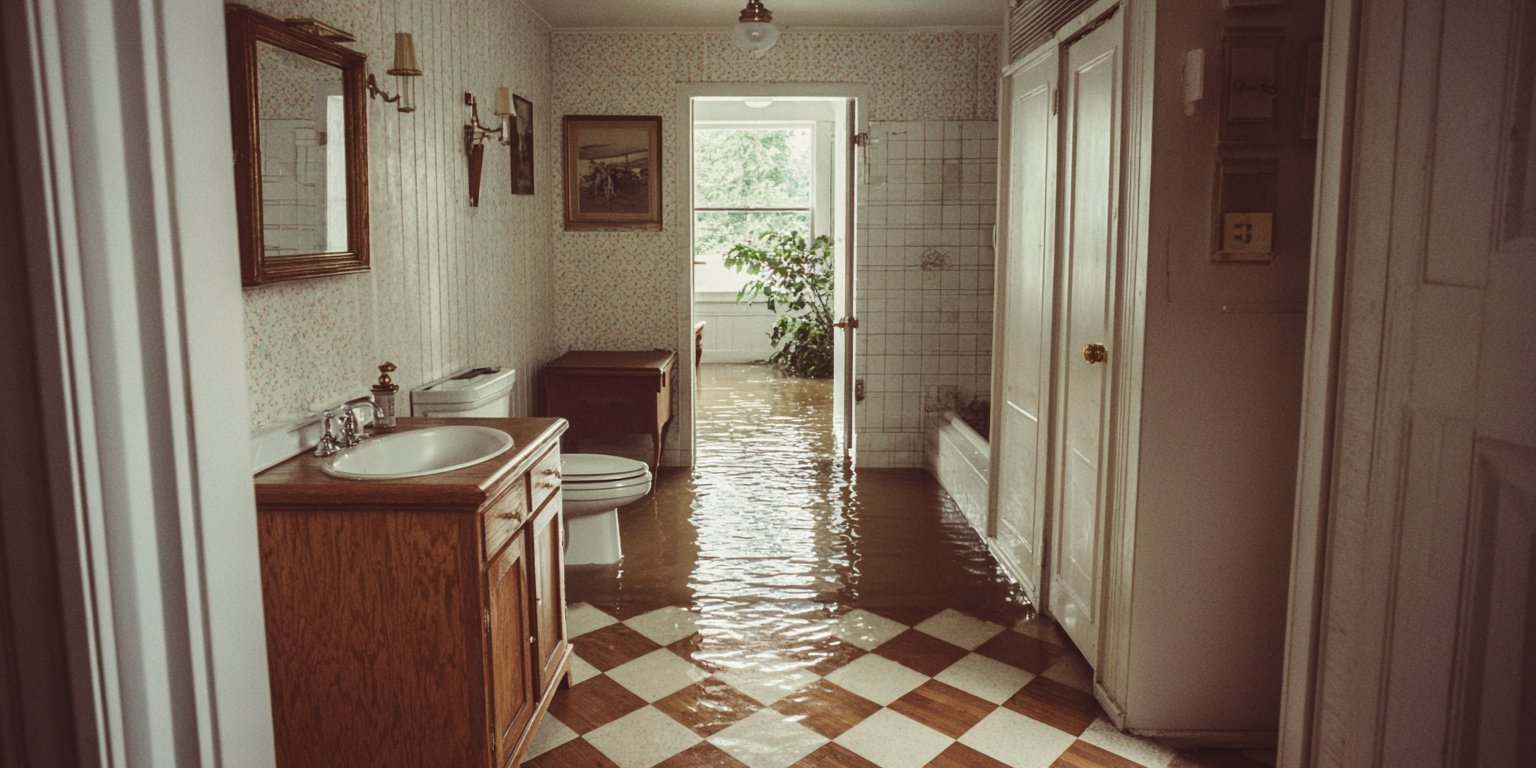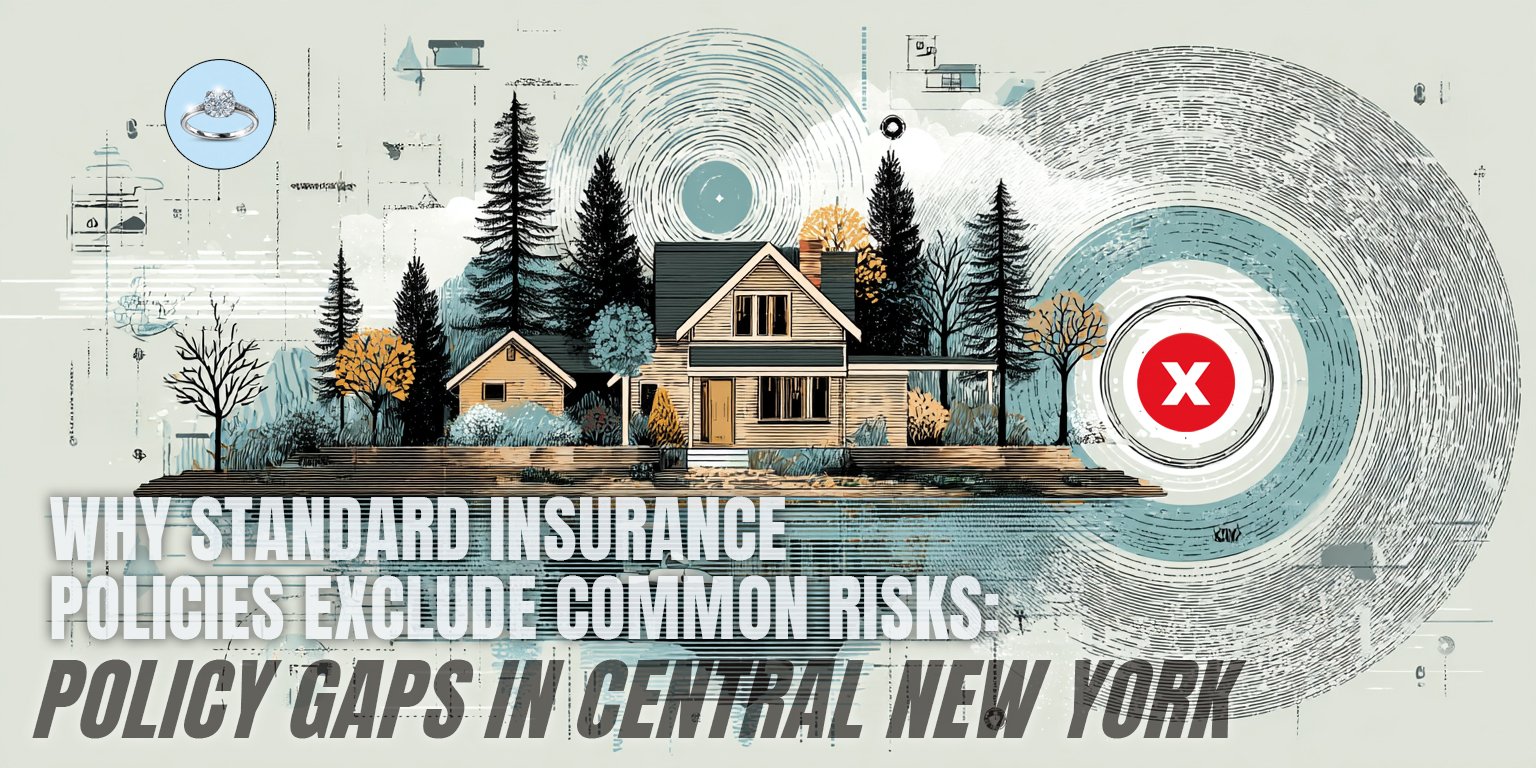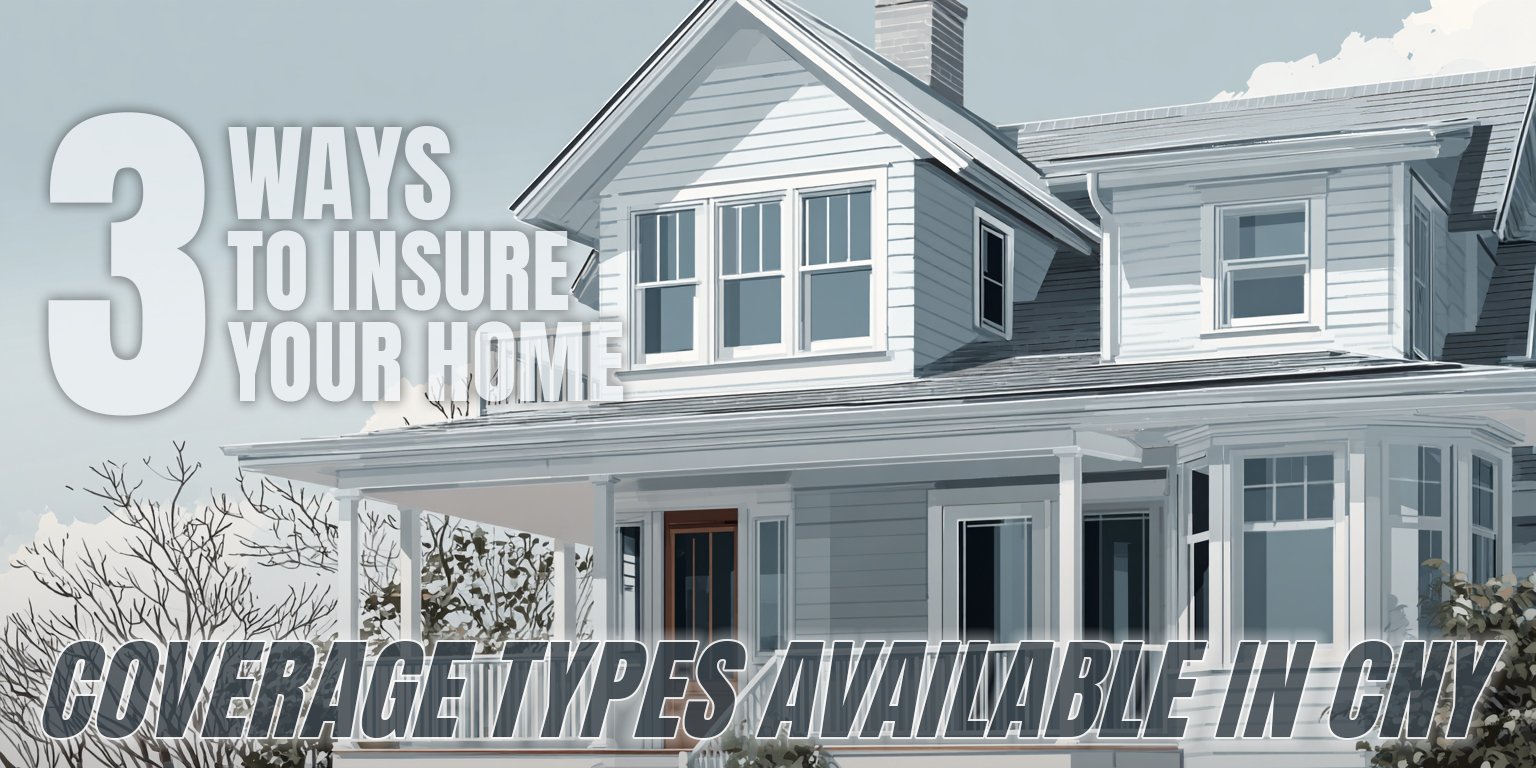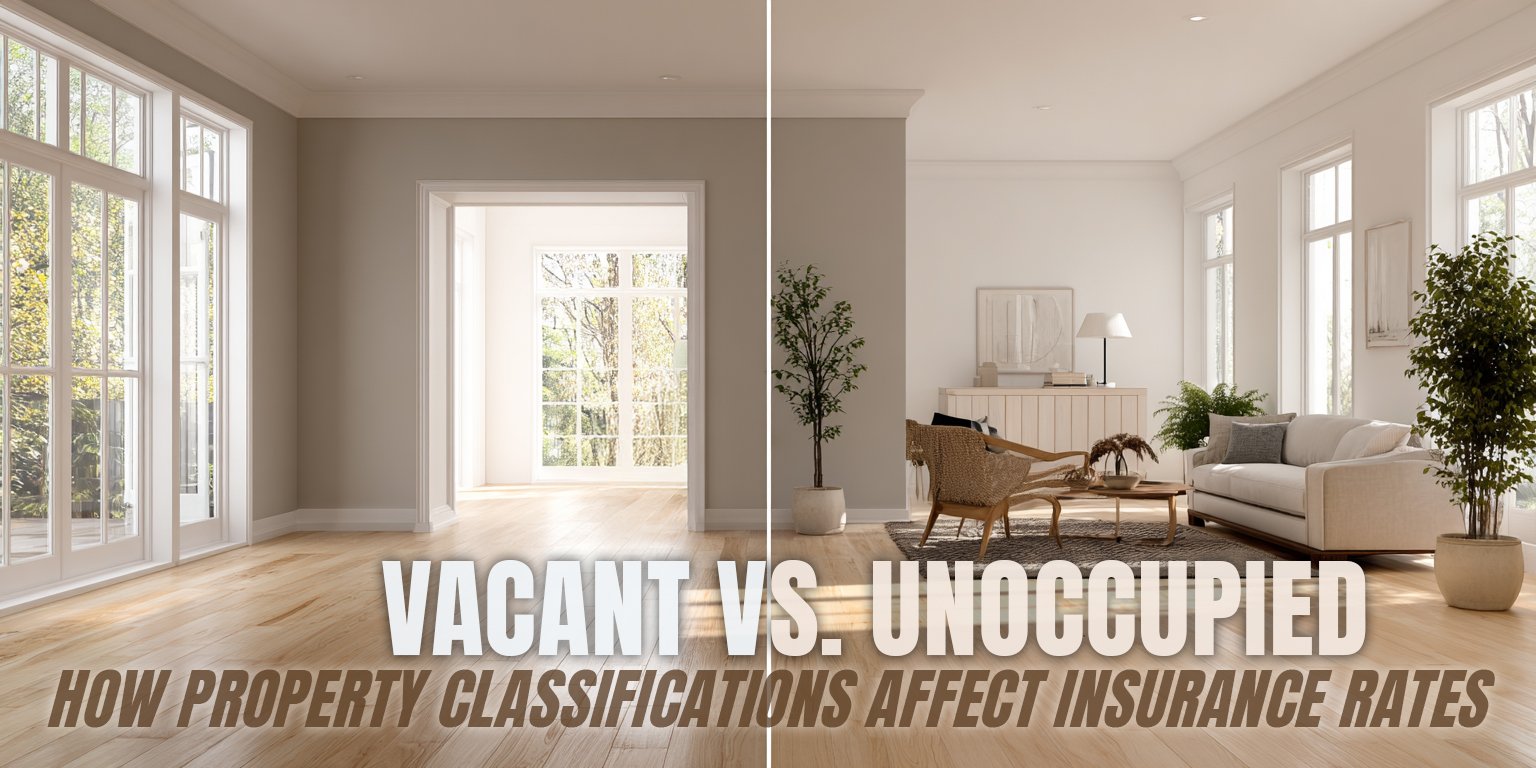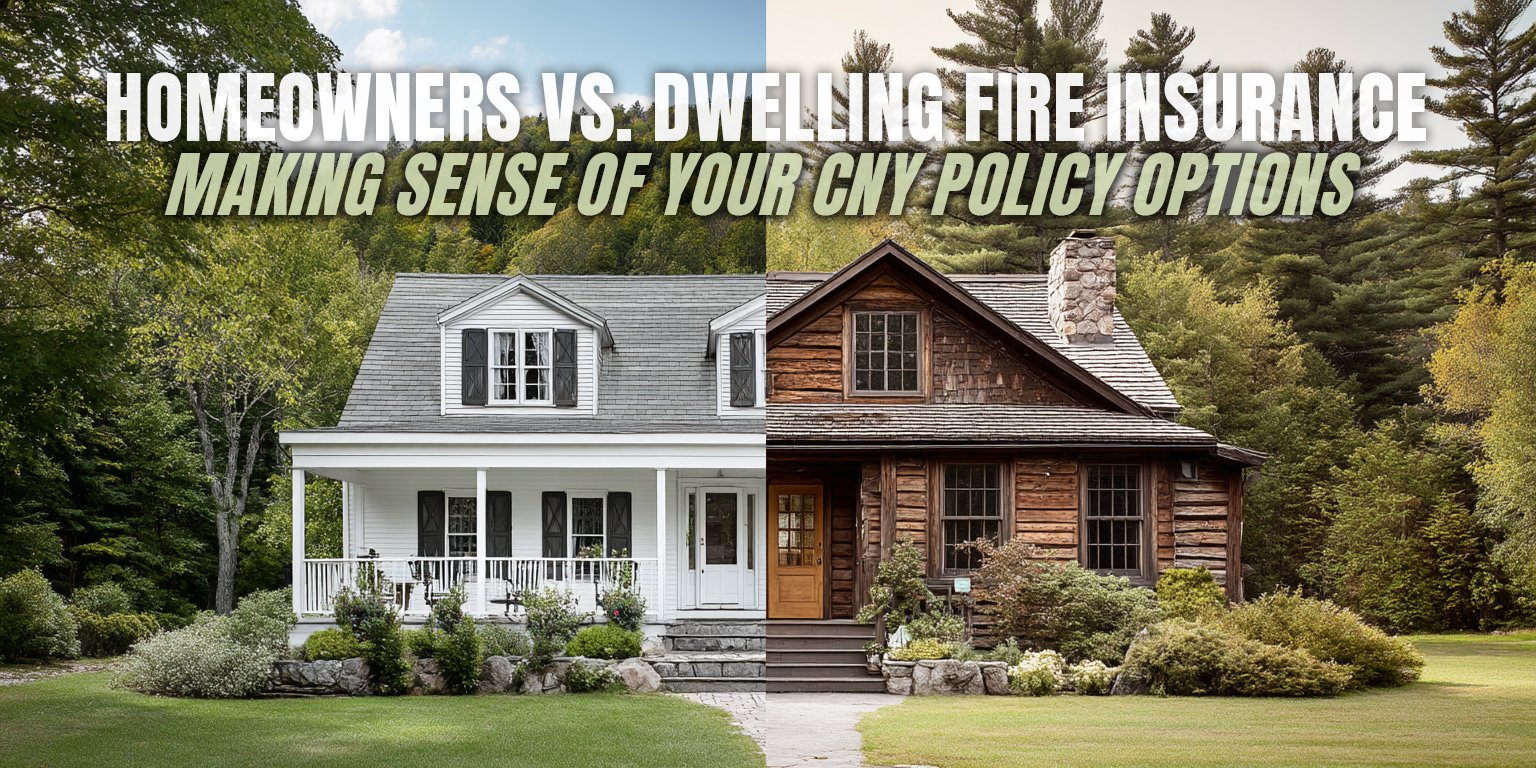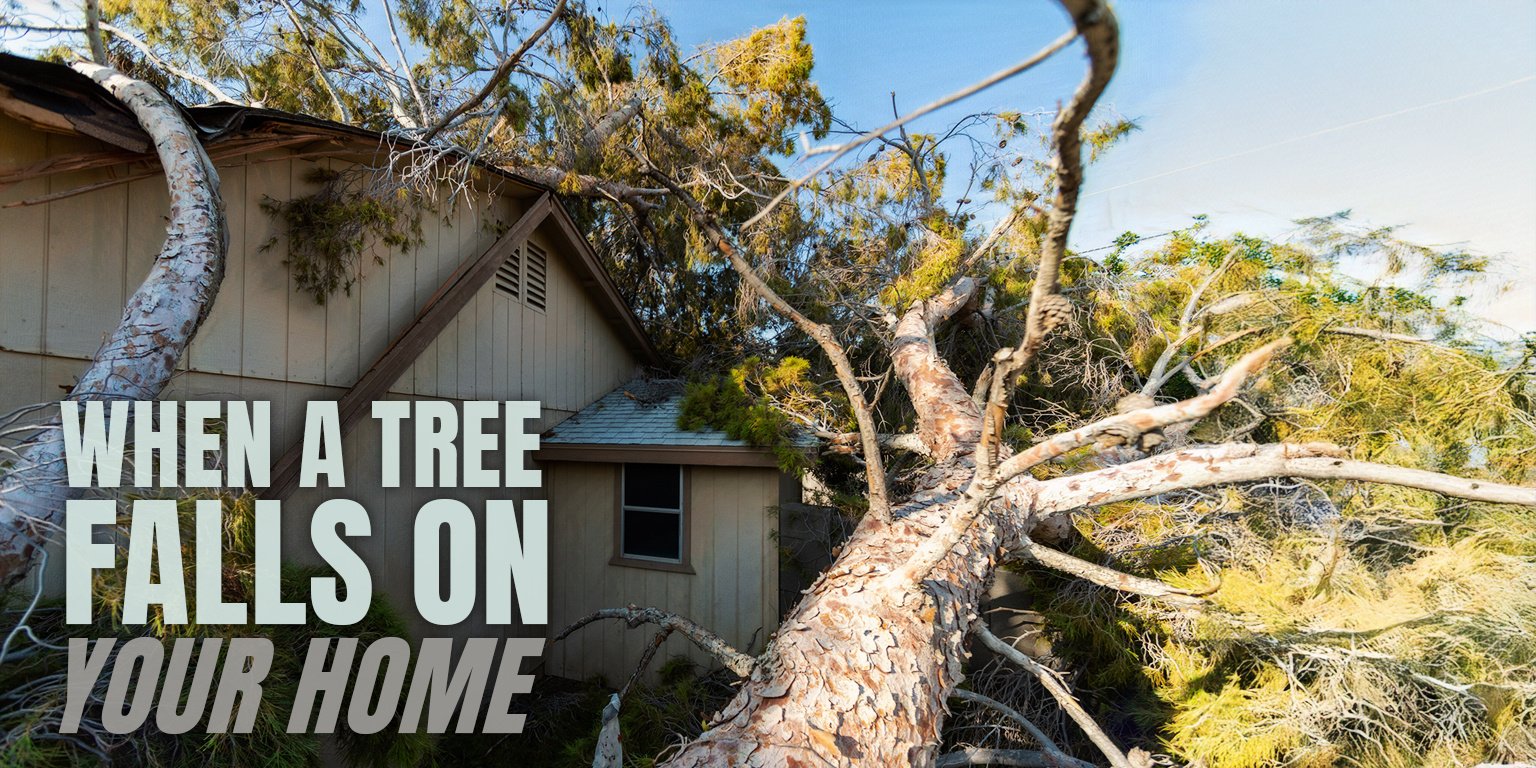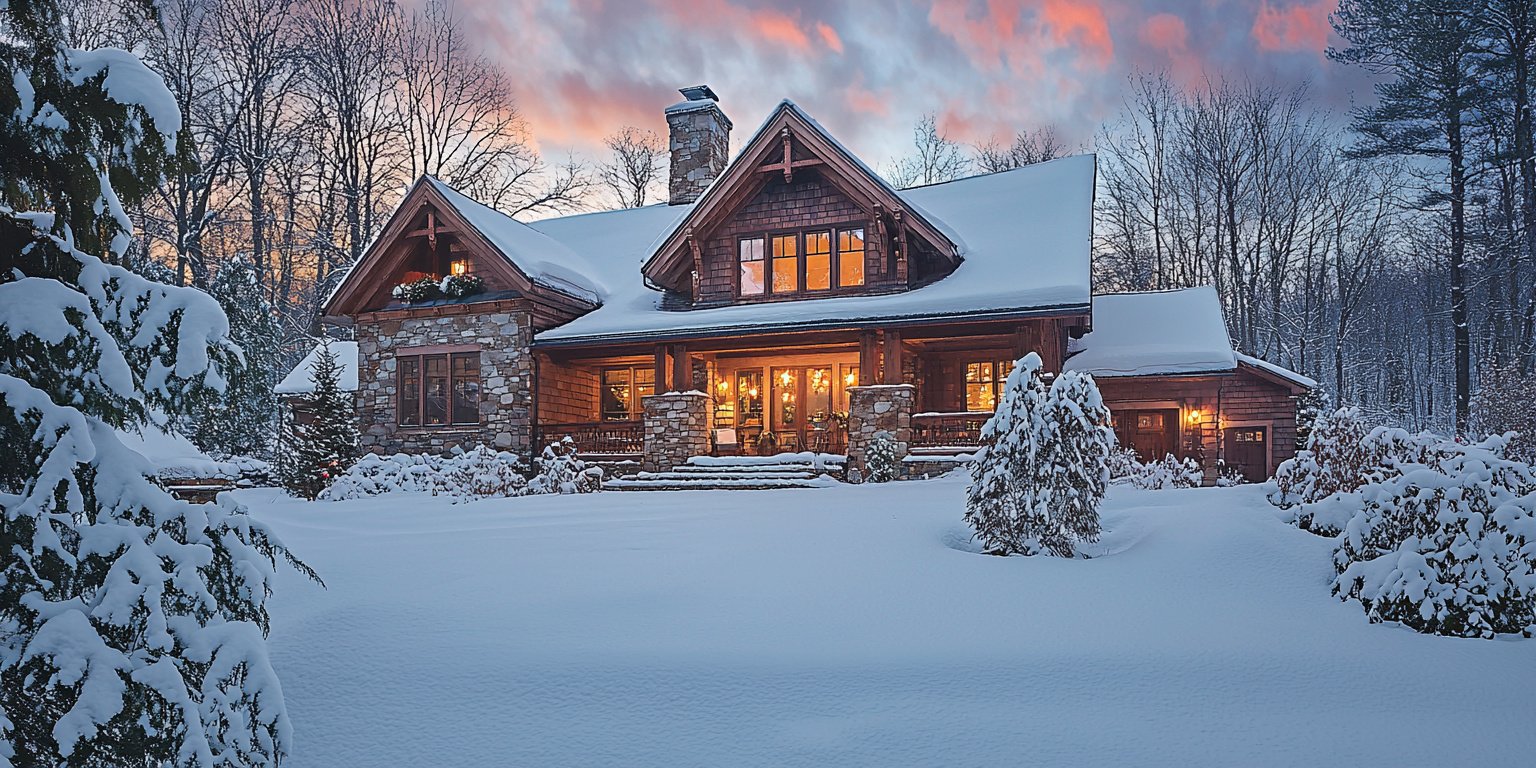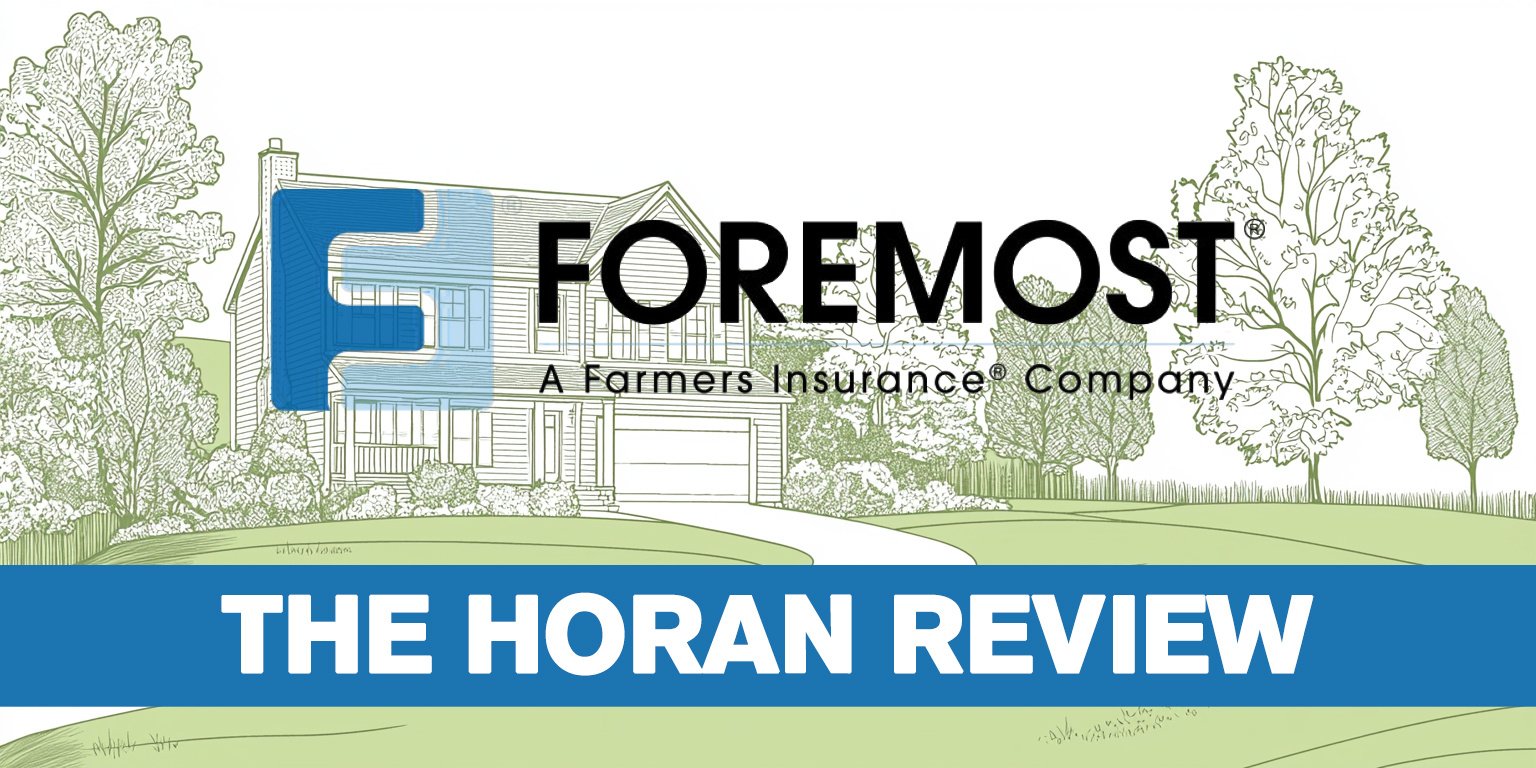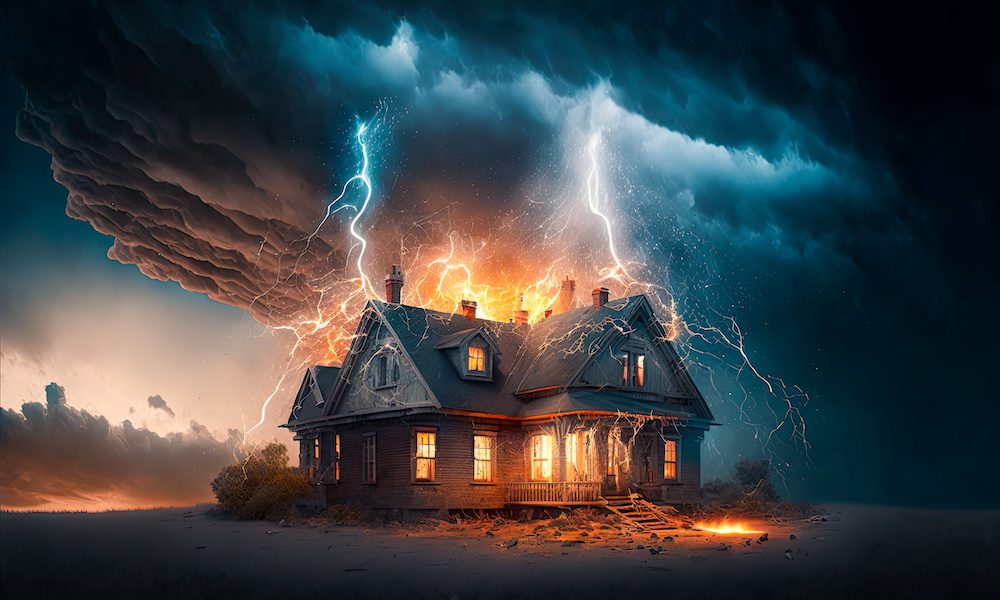
When buying a home in Central New York, you've likely encountered the term "hazard insurance" during mortgage discussions. Many first-time homebuyers become confused, wondering if this is yet another policy they need to purchase alongside homeowners insurance.
At the Horan insurance agency, we've worked with many Central New York homebuyers who were uncertain about hazard insurance requirements. We've seen how this confusion can delay closing or lead to unnecessary stress during an already complex process.
In this article, we'll explain what hazard insurance actually is, why your mortgage lender requires it, and how it relates to your standard homeowners policy.
Understanding Hazard Insurance and How It Fits Into Your Homeowners Policy
Hazard insurance isn't a separate policy you need to purchase—it's already a core component of your standard homeowners insurance policy. When mortgage lenders require "hazard insurance," they're referring specifically to the dwelling coverage portion of your homeowners policy.
This coverage protects the physical structure of your home against certain covered perils. Lenders require it because they want to protect their investment (your home) until you've paid off your mortgage.
In your policy, you'll find hazard insurance listed as "dwelling coverage." This coverage typically applies to:
- The main house structure
- Attached structures like garages
- Foundation, roof, walls, and built-in appliances
- Electrical, plumbing, and HVAC systems
While reviewing your policy, you may notice that dwelling coverage represents the largest portion of your homeowners insurance. This makes sense because rebuilding or repairing your home after significant damage would likely be your biggest expense.
Common Perils Covered by the Hazard Insurance Portion of Your Policy
The hazard insurance component of your homeowners policy typically covers damage from various destructive events. In Central New York, where we experience everything from severe winter storms to summer thunderstorms, understanding these coverages is particularly important.
Most standard policies cover perils such as:
- Fire and smoke damage
- Lightning strikes
- Windstorms and hail
- Explosions (such as a propane tank)
- Falling objects
- Weight of ice, snow, or sleet
- Water damage from burst pipes
However, coverage details can vary significantly between insurance carriers. For example, some policies in Central New York might have specific limitations for ice dam damage, a common winter issue in our region.
Before finalizing your homeowners policy, carefully review the covered perils and discuss any questions with your agent. Understanding these details helps avoid unpleasant surprises if you ever need to file a claim.
How Much Hazard Insurance Coverage Do You Need?
When determining how much dwelling coverage you need, your mortgage lender typically requires enough to cover the replacement cost of your home—not its market value or the mortgage amount.
Replacement cost refers to what it would actually cost to rebuild your home from the ground up using similar materials and craftsmanship. This figure often differs from your home's market value, which factors in land value and local real estate conditions.
For example, a historic home in Syracuse might have a market value of $300,000, but rebuilding it with similar materials and craftsmanship could cost $450,000. In this case, your hazard insurance coverage should reflect the higher replacement cost.
Insurance carriers typically calculate replacement cost based on:
- Local construction costs per square foot
- Your home's size and features
- Building materials and special features
- Local building codes that would affect reconstruction
Working with an independent agent who understands Central New York's unique housing stock can help ensure you have adequate coverage for your specific property.
Should You Keep Hazard Insurance After Paying Off Your Mortgage?
Once you've paid off your mortgage, maintaining homeowners insurance becomes optional—but dropping it could put your most valuable asset at risk.
After spending years investing in your home, going without protection against fires, severe storms, or other disasters could leave you facing enormous out-of-pocket costs for repairs or rebuilding. The annual premium for homeowners insurance typically costs far less than what you'd pay to repair even moderate damage to your home.
In Central New York, where weather events can be particularly harsh, maintaining complete homeowners coverage provides financial security against unexpected disasters. From heavy snow loads to summer storms, our region presents unique risks to homeowners.
Remember that obtaining "hazard insurance" is as simple as purchasing a standard New York homeowners policy, since the dwelling coverage portion is already built in. You don't need to look for a separate policy called "hazard insurance."
Make Informed Decisions About Your Homeowners Insurance Coverage
Understanding the relationship between hazard insurance and homeowners insurance helps you make more informed decisions about your coverage. When shopping for homeowners insurance, focus on finding a policy that provides adequate dwelling coverage along with appropriate protection for your personal property and liability needs.
If you have questions about hazard insurance or need guidance on selecting appropriate coverage for your Central New York home, our team at the Horan insurance agency can help. We work with multiple insurance carriers to find coverage that addresses your requirements.
Click the Get a Quote button below to learn more about homeowners insurance options tailored to Central New York properties and receive personalized assistance with your coverage decisions.
Daniel is an accomplished content creator. He has been working in publishing for almost two decades. Horan Companies hired Daniel as its content manager in November 2022. The agency entrusted its messaging to him. Since then, Daniel has written insurance articles, service pages, PDF guides, and more. All in an effort to educate CNY readers. He's helping them understand the world of insurance so they can make informed decisions.
Topics:












